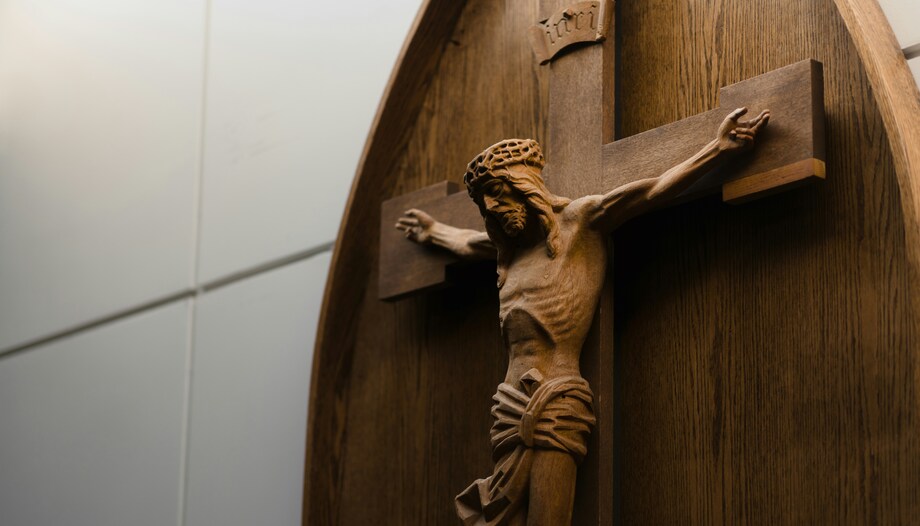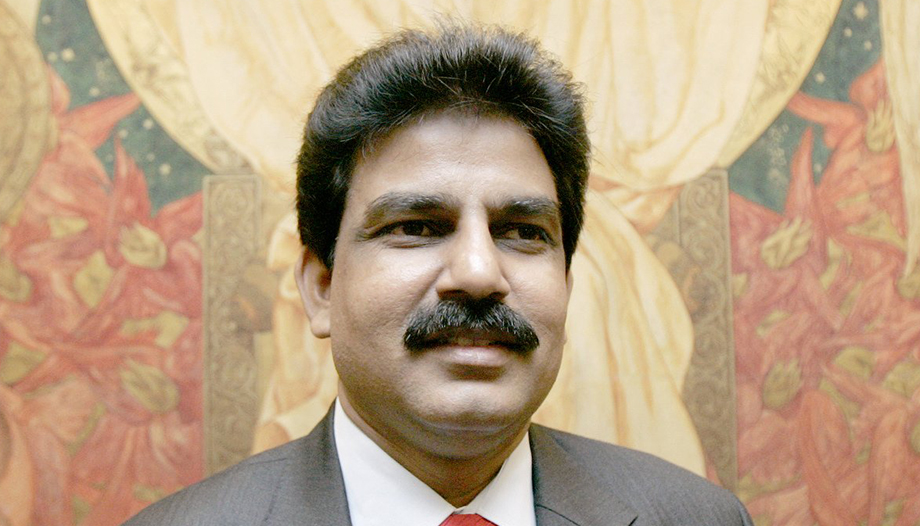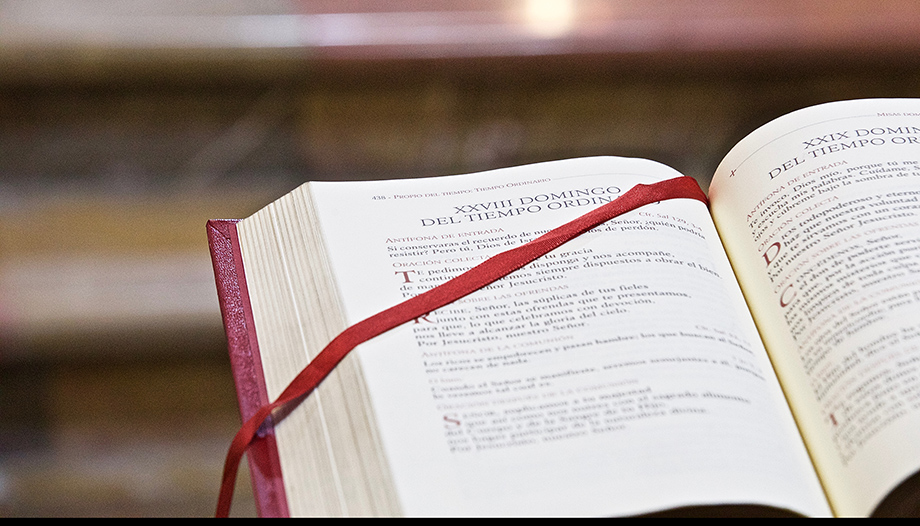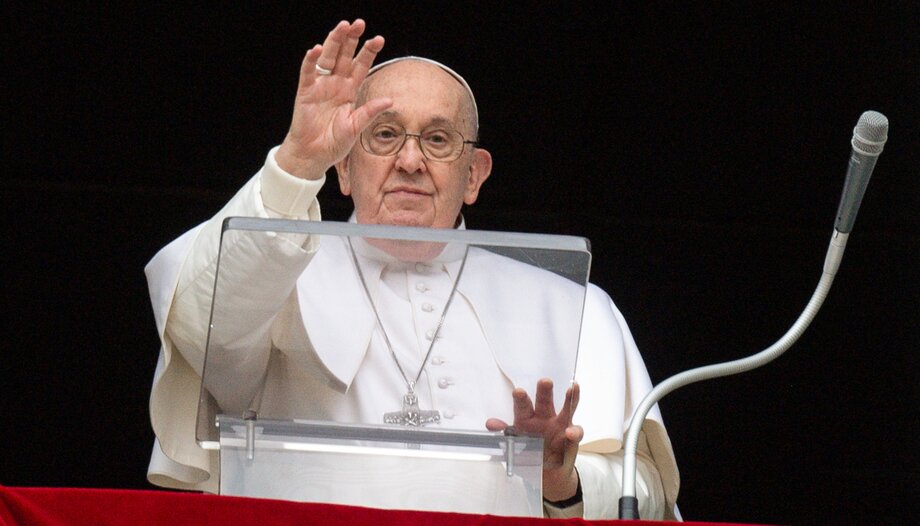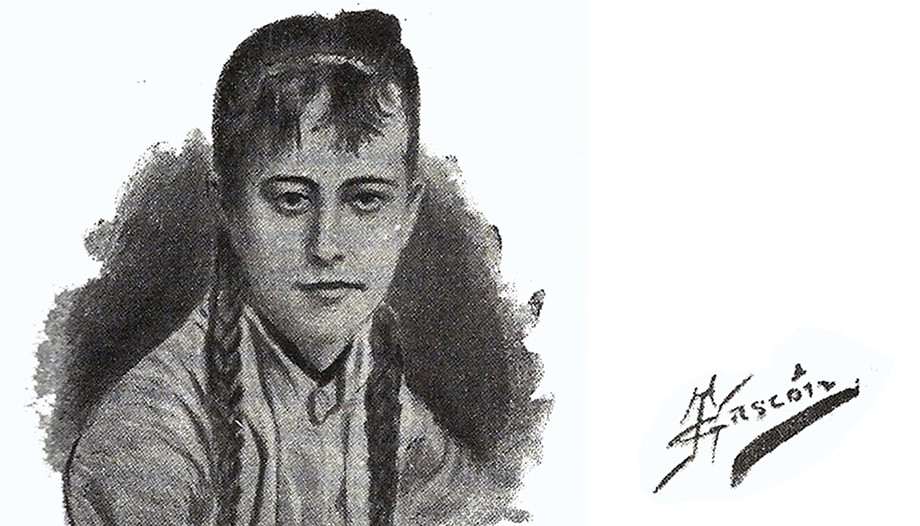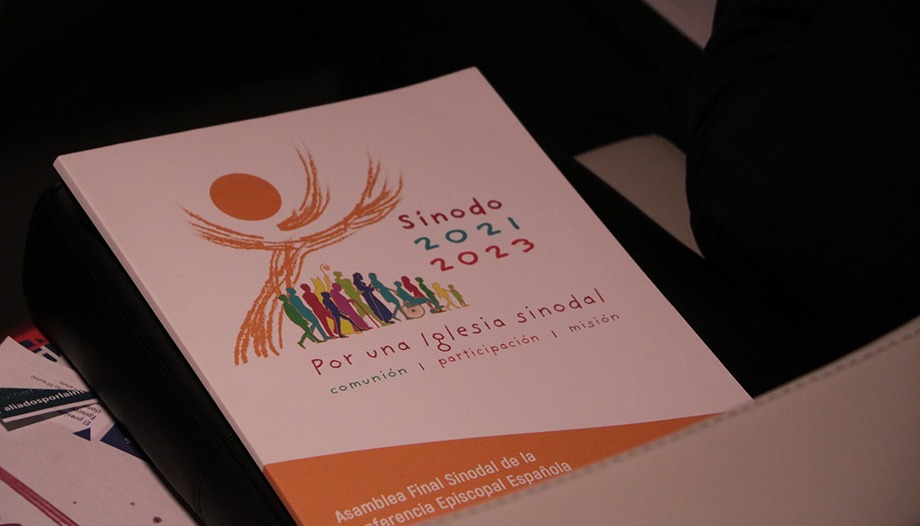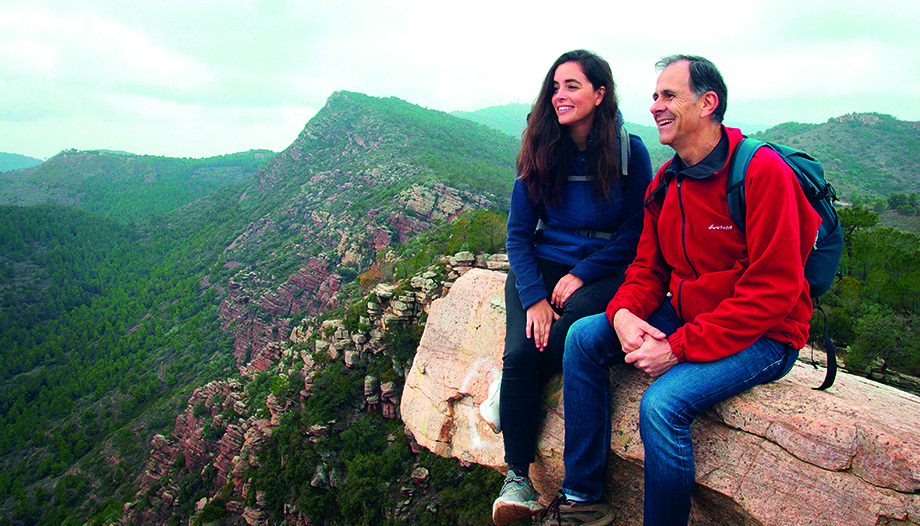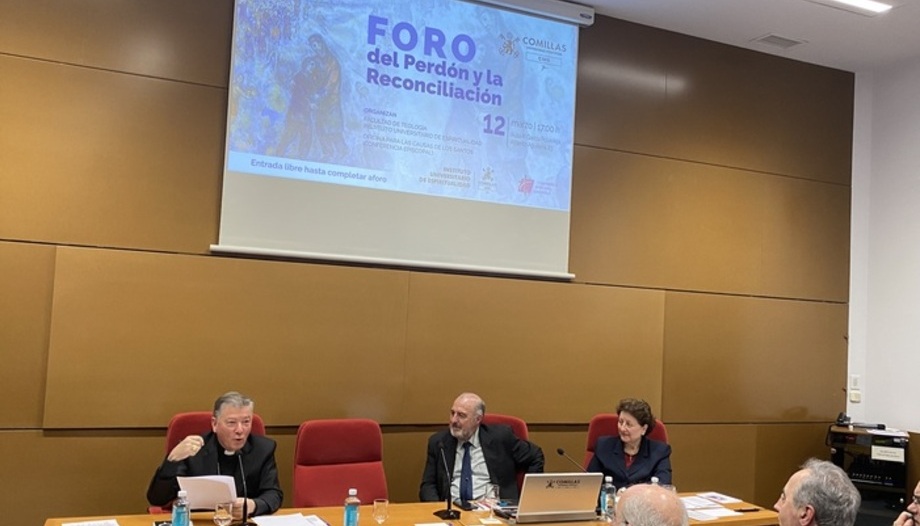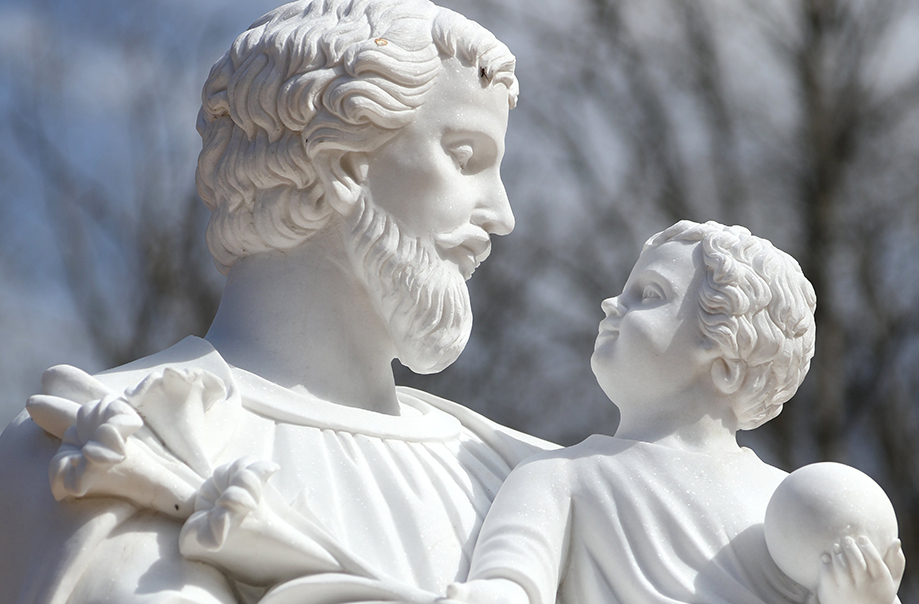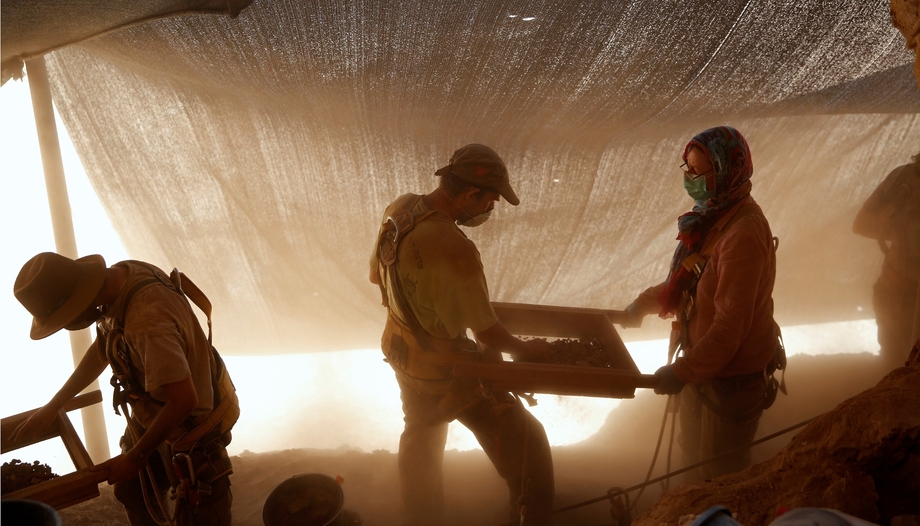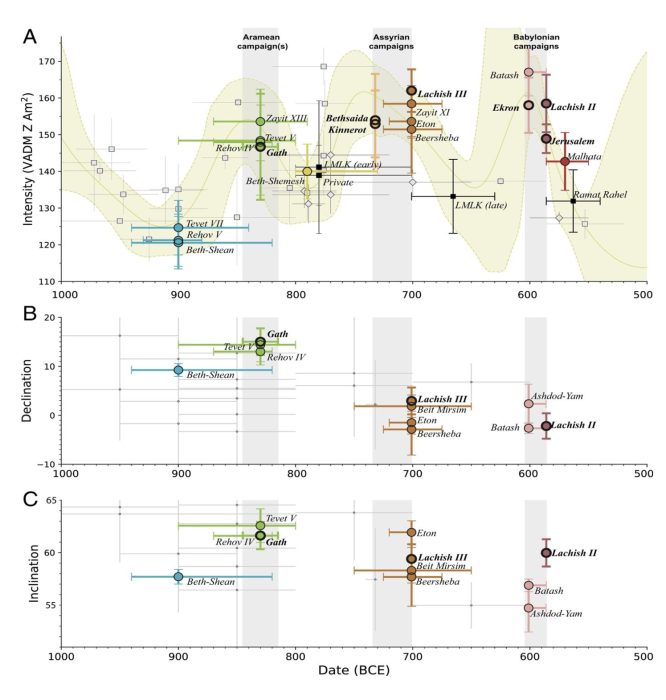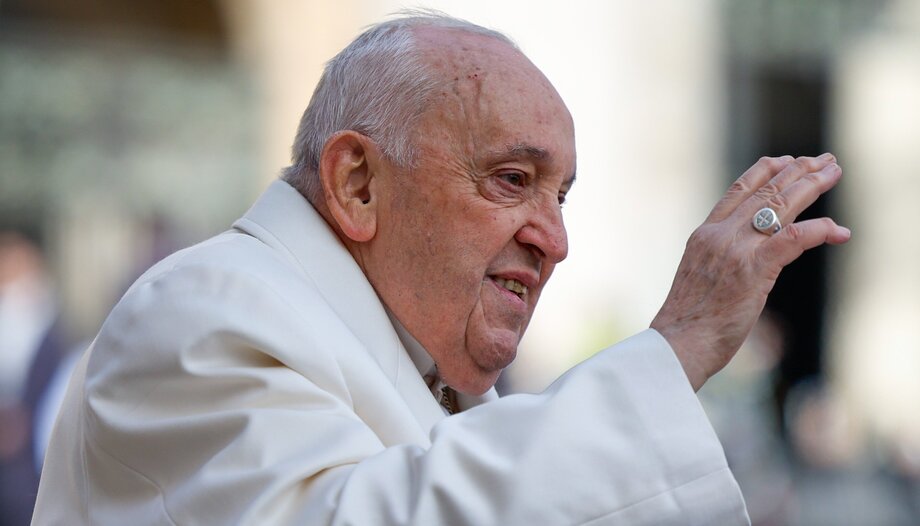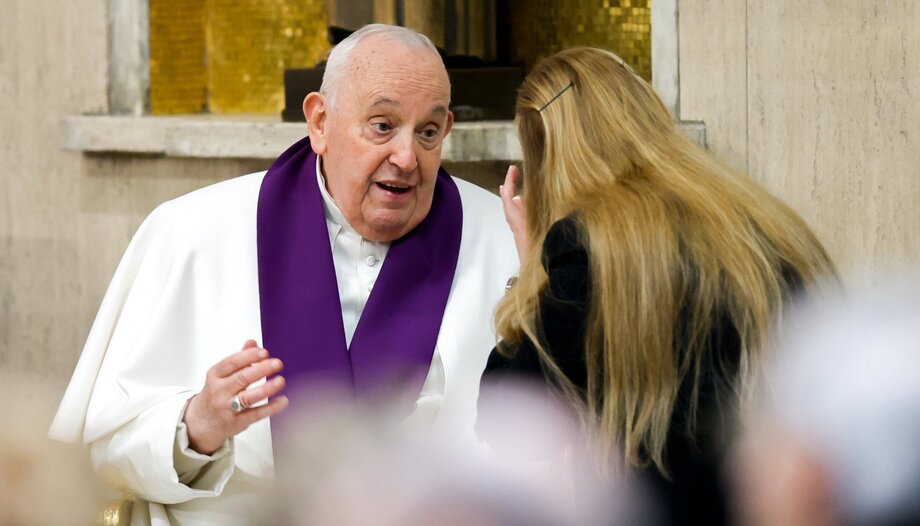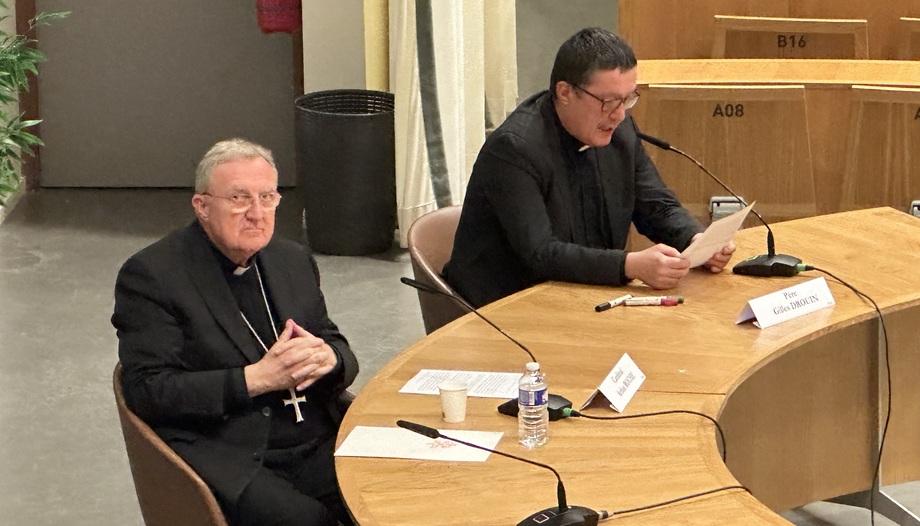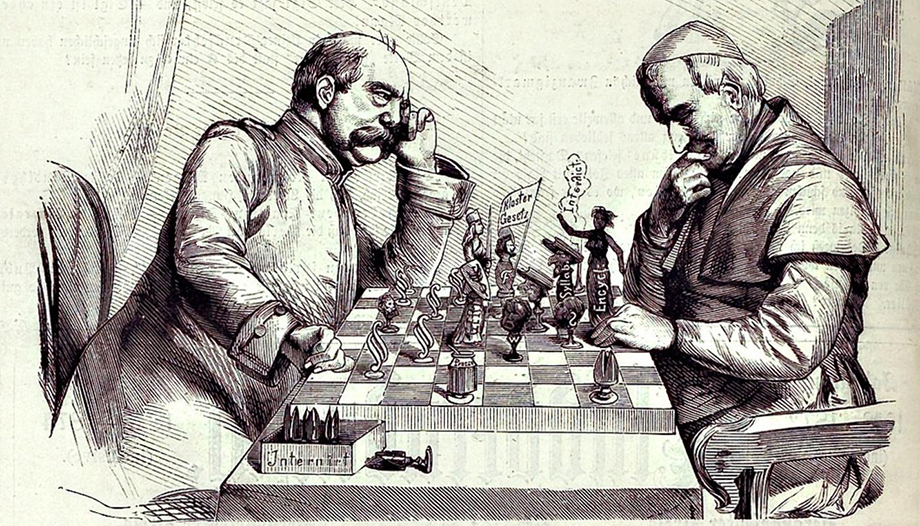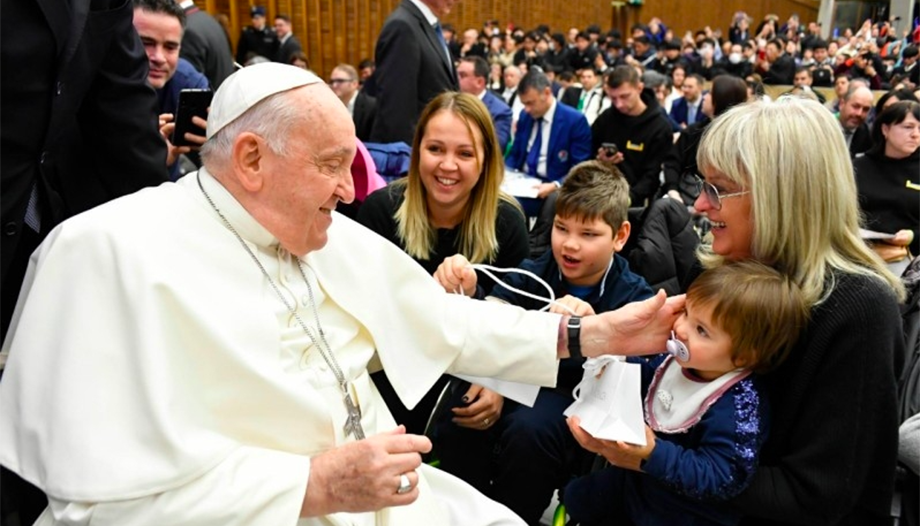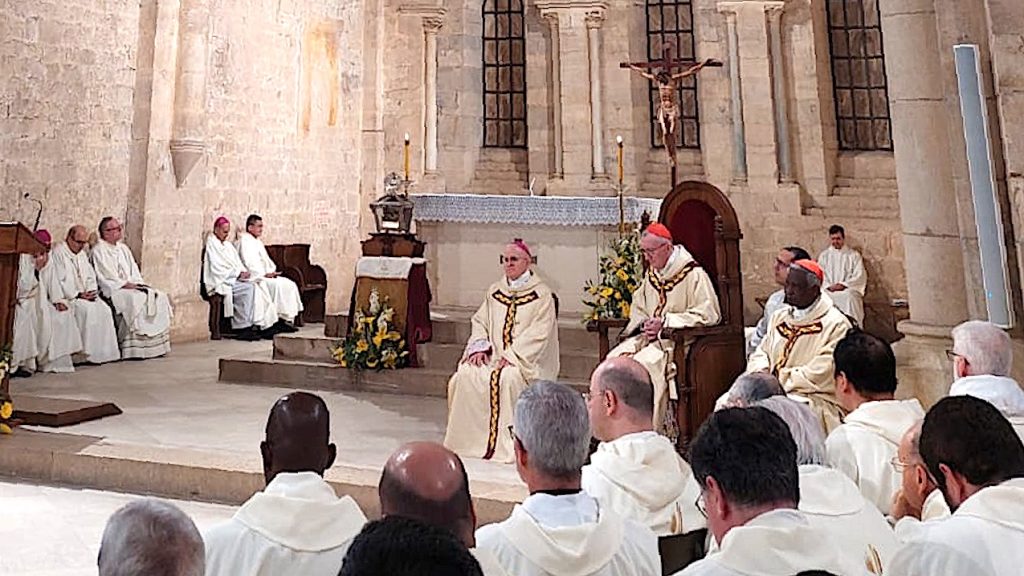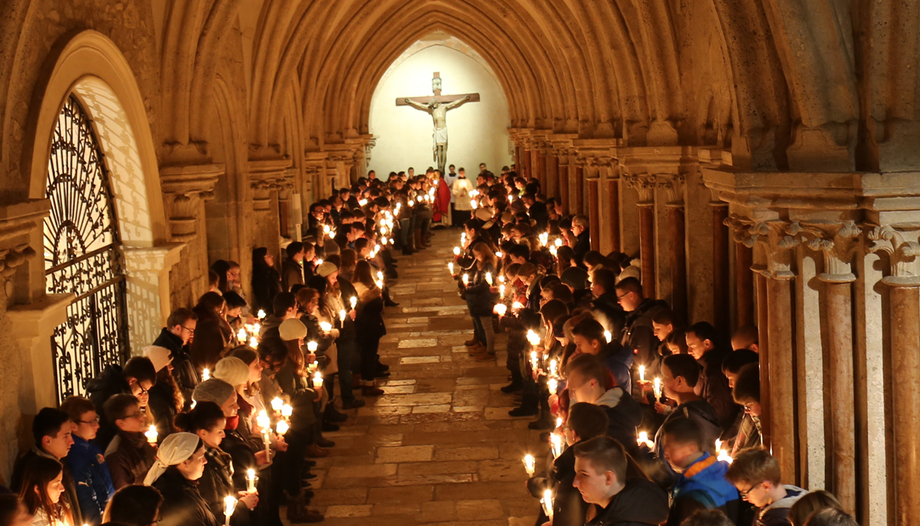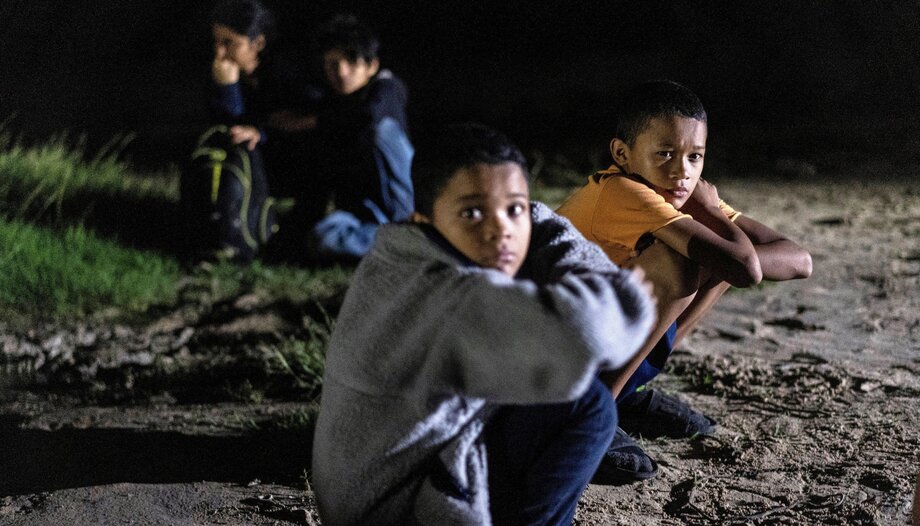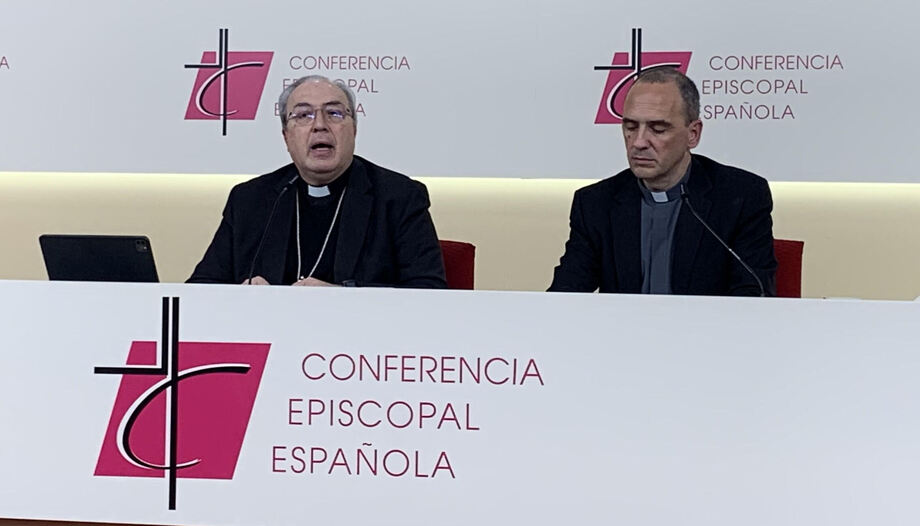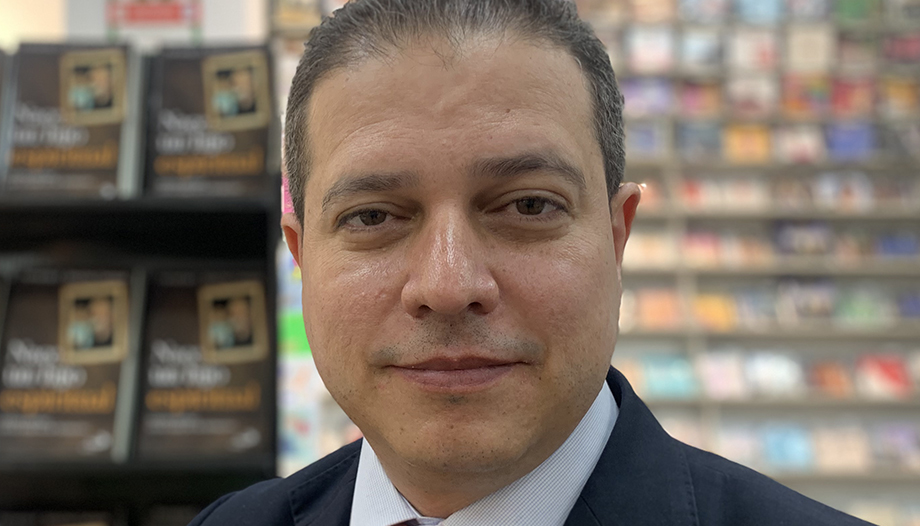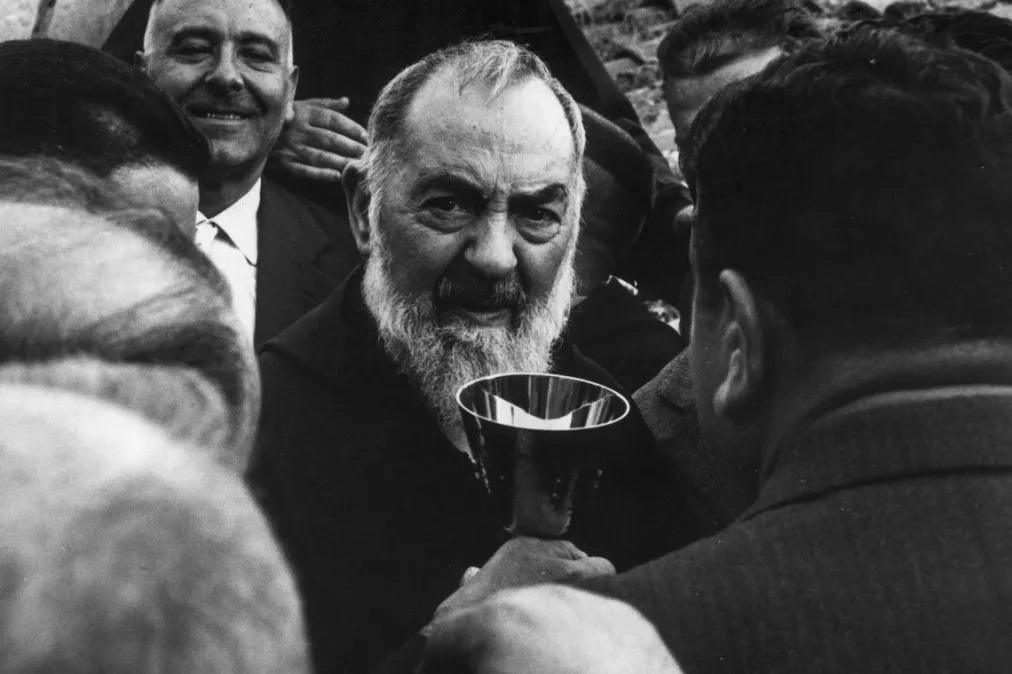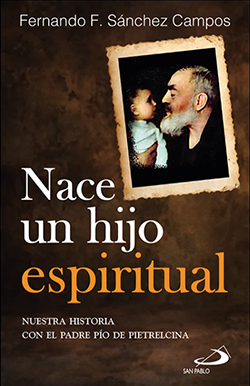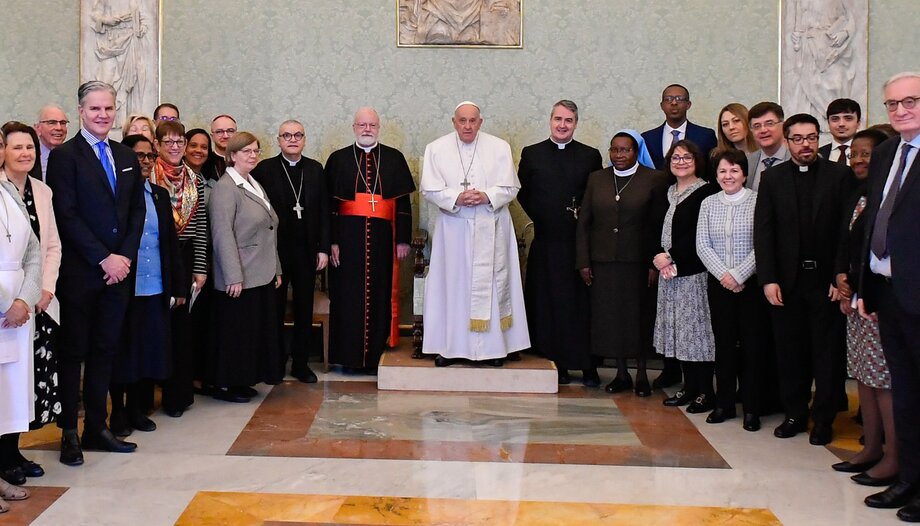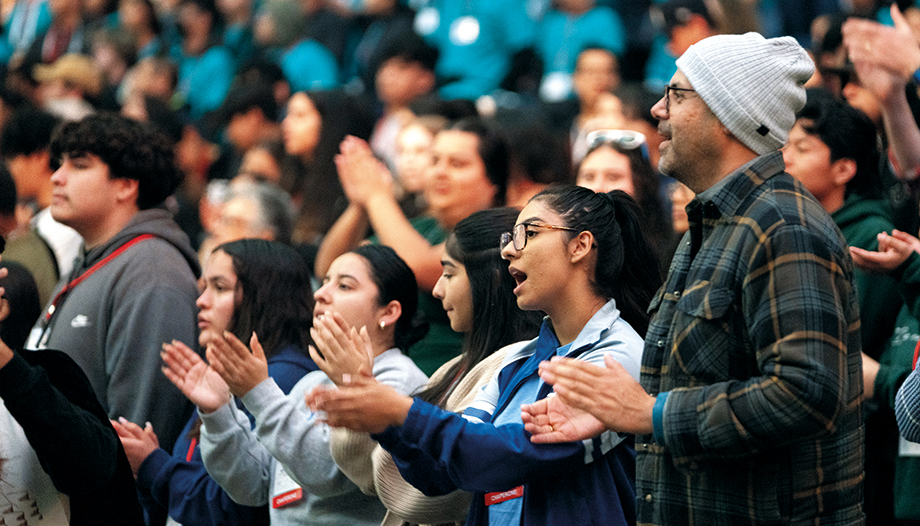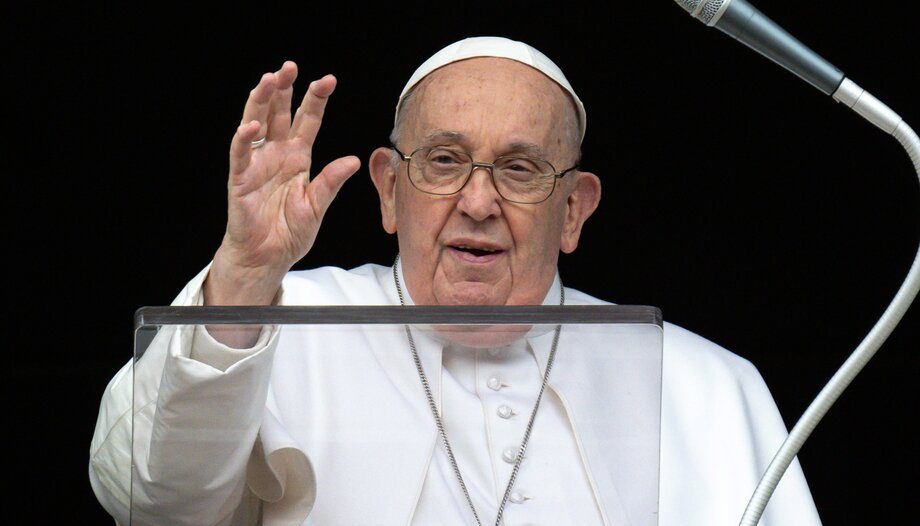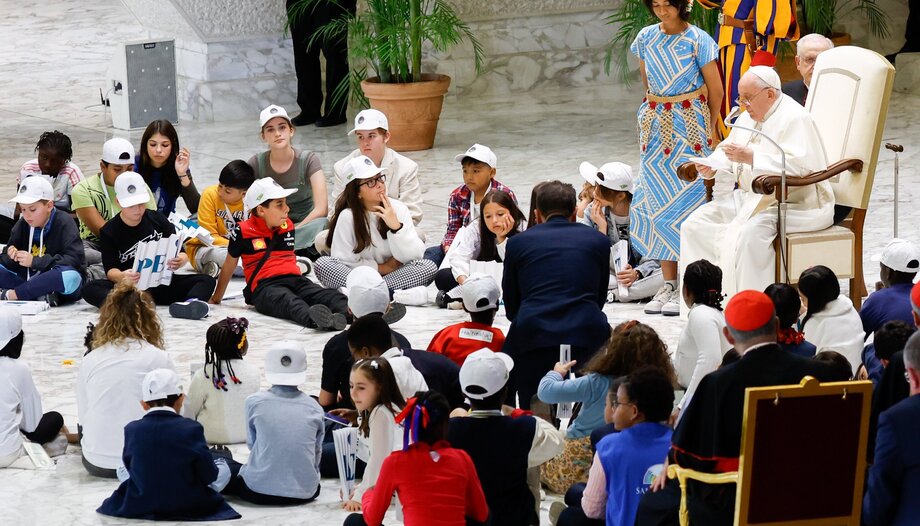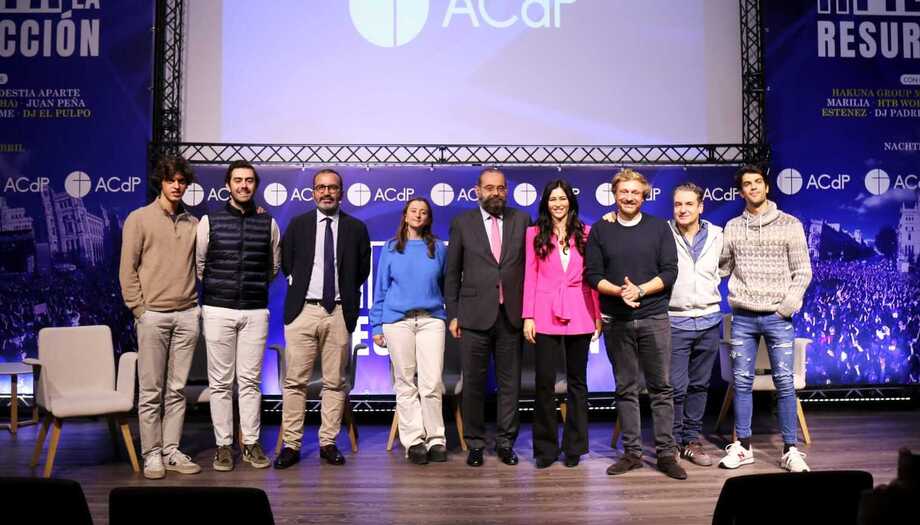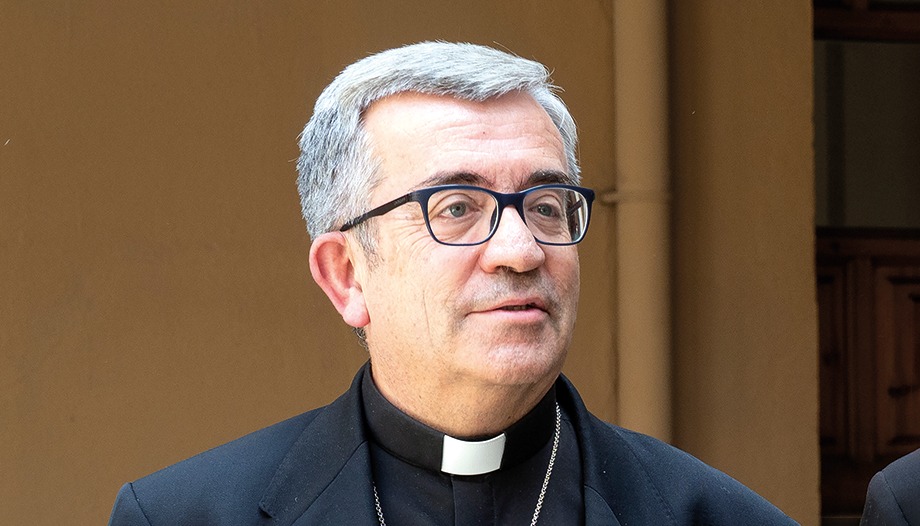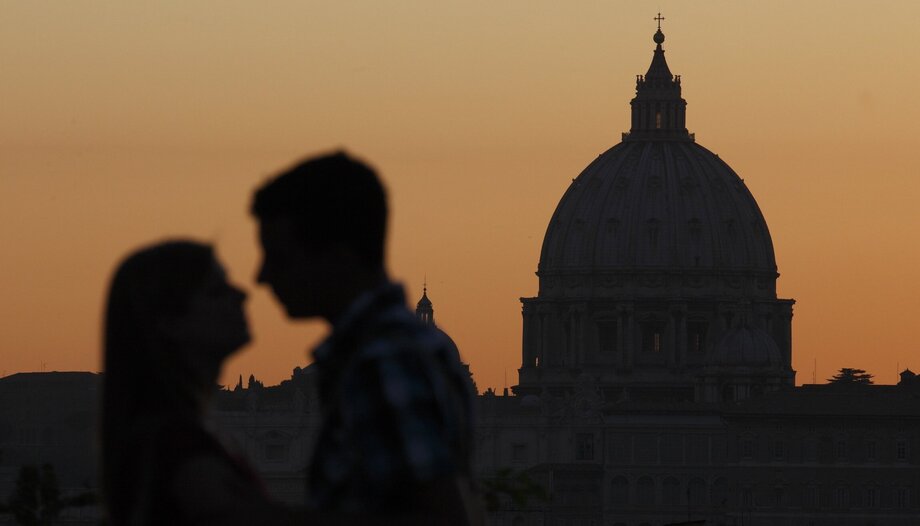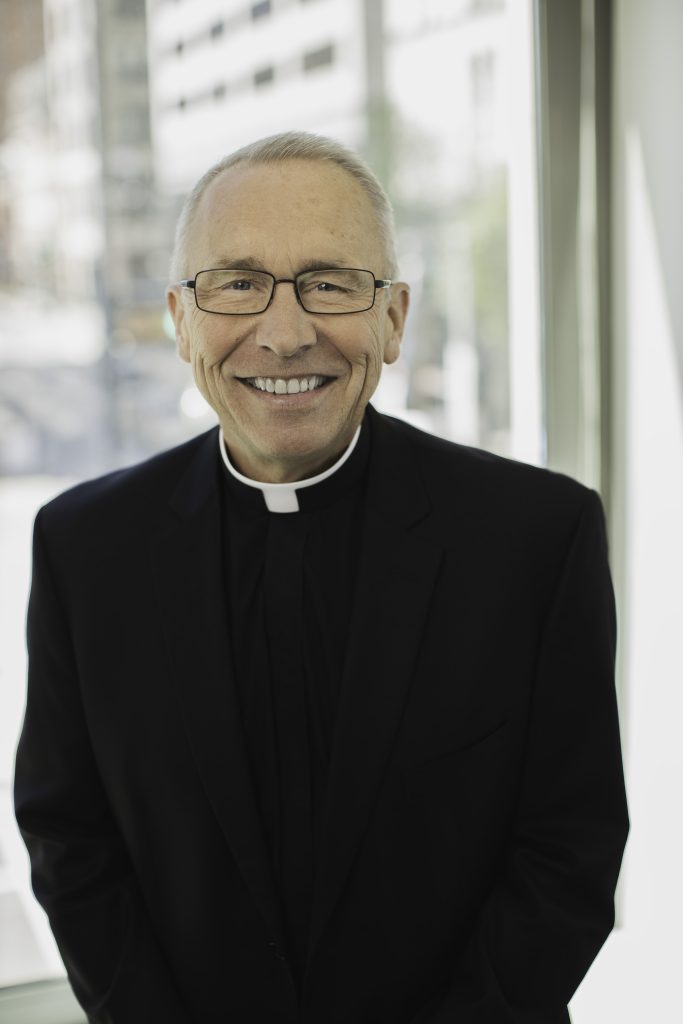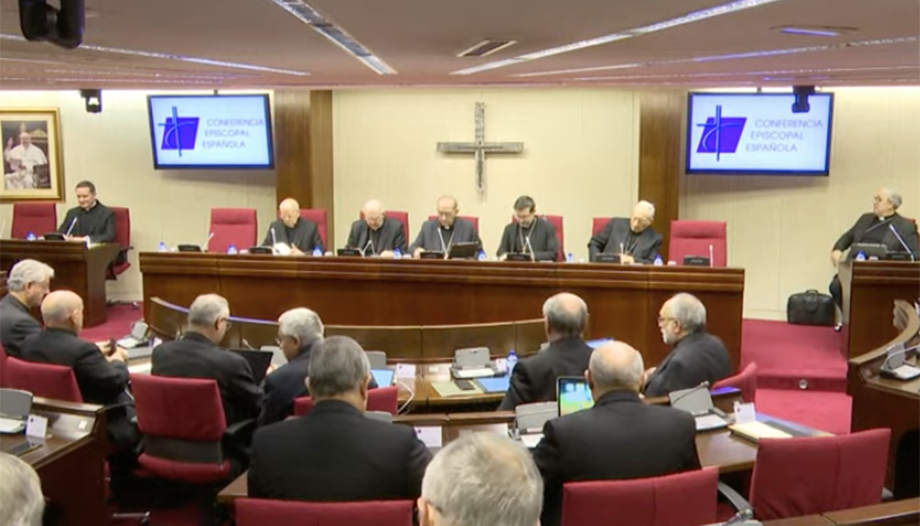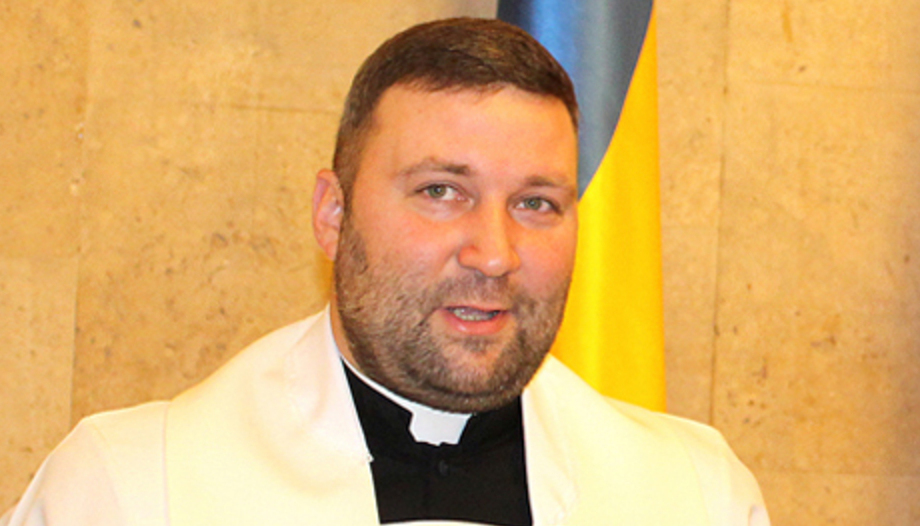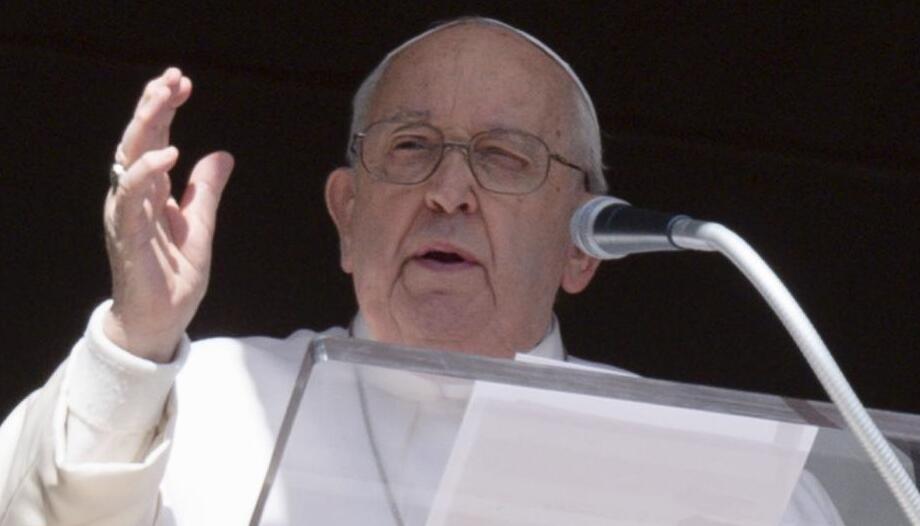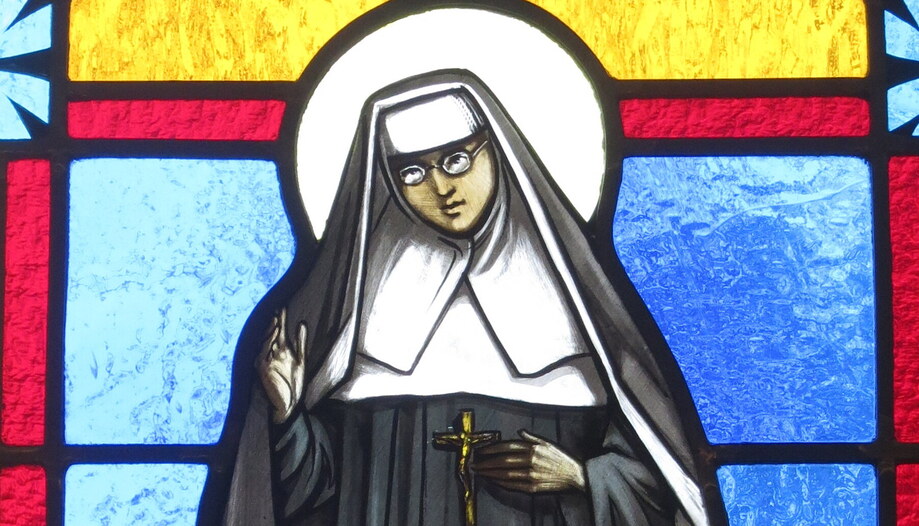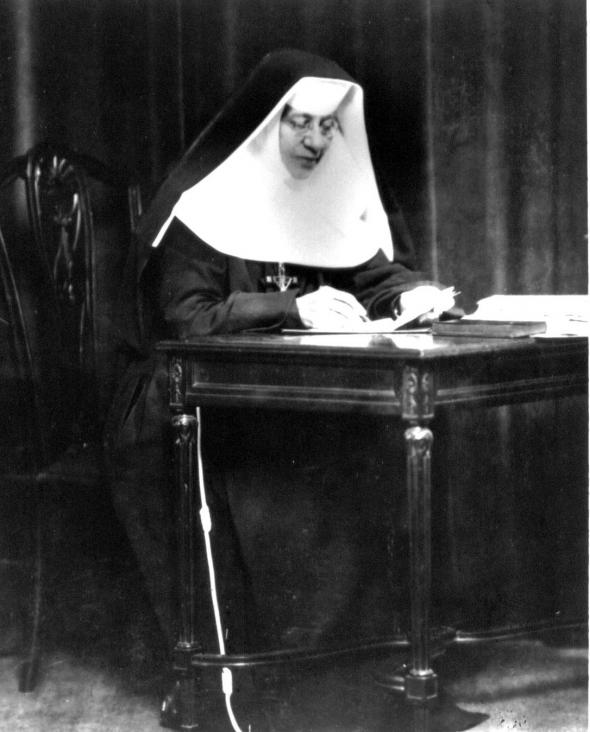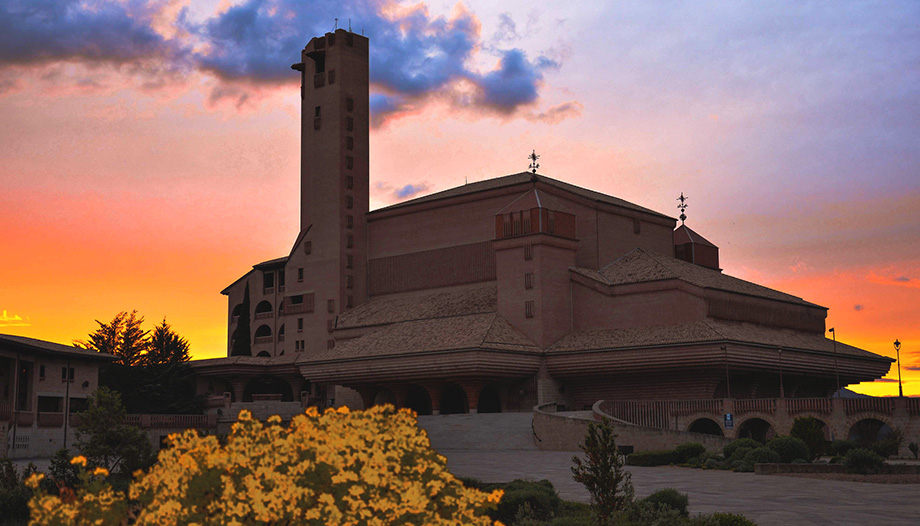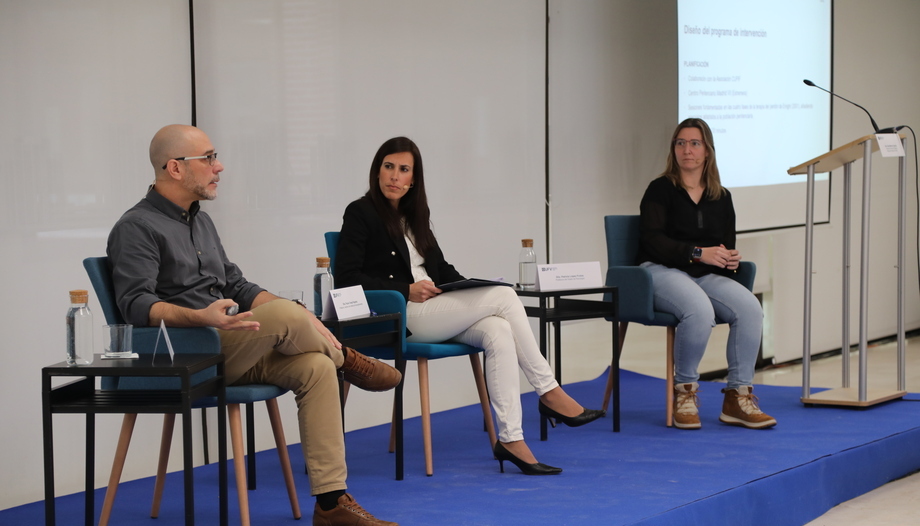In honor of the feast of St. Joseph, we gather in this article thirty devotions, prayers and curiosities about St. Joseph. patriarch St. Joseph.
1. Thirty to St. Joseph
One of the most widespread devotions is the thirty-day devotion to St. Joseph. The structure is similar to that of a novena: it is to ask for a grace to St. Joseph for thirty days in a row, in honor of the thirty years he spent with Jesus on earth. One of the formulas for praying this prayer can be found at here.
Novena to St. Joseph
Another shorter option is ask for a grace to the saint for nine days.
3. The seven Sundays of St. Joseph
This ancient devotion focuses on preparing for the feast of St. Joseph on March 19, and consists of meditating on the "sorrows and joys of St. Joseph" during the seven Sundays preceding this day. Meditations on each of the sorrows and joys can be found at this link.
4. On the 19th of each month
This is a prayer to pray on the 19th of each monthmeditating each day on one of the "seven privileges" of St. Joseph.
5. Origin of the March 19 devotion
According to Vatican NewsThe oldest mention of the cult of St. Joseph in Europe dates back to the year 800, in France, where March 19 is already mentioned as a day of devotion to this saint.
6. Patron of the universal Church
St. Joseph was declared patron saint of the universal Church in 1870 by Pope Pius IX.
7. Prayer for every day
"Glorious Patriarch St. Joseph, with great confidence in your great worth, I come to you to be my protector during the days of my exile in this valley of tears. Your very high dignity as the putative Father of my loving Jesus means that you will be denied nothing of what you ask for in heaven. Be my advocate, especially at the hour of my death, and obtain for me the grace that my soul, when it is detached from the flesh, may go to rest in the hands of the Lord. Amen.
Jaculatory: "Blessed St. Joseph, Spouse of Mary, protect us; defend the Church and the Supreme Pontiff and protect my relatives, friends and benefactors".
8. Pope Francis' Prayer
In "Patris Corde," Pope Francis proposes the following prayer to pray to the saint: "Hail, guardian of the Redeemer and spouse of the Virgin Mary. To you God entrusted his Son, in you Mary placed her trust, with you Christ was forged as man. O blessed Joseph, show yourself father to us too, and guide us on the path of life. Grant us grace, mercy and courage, and defend us from all evil. Amen.
9. The devotion of the good death
Traditionally, it has been considered that St. Joseph died before Jesus began his public life, since he is never mentioned in Jesus' discourses, nor was he at the foot of the cross. Moreover, before dying, Jesus entrusts the custody of his mother to St. John the Apostle, which would not make sense if Joseph were still alive. Therefore, in the house of the Holy Family in Nazareth you can see a modern stained glass window in which Joseph's death is represented, surrounded by the Virgin and an adult Jesus. Because he was able to die surrounded by Jesus and Mary, Joseph is considered the "patron of the good death". The prayer to ask Joseph to die well is not only valid for the dying, but can be prayed throughout life to ask for Joseph's help on the day of death, and to have access to the sacraments before dying.
"O blessed Joseph, who gave up your last breath in the arms of Jesus and Mary, obtain for me this grace, O holy Joseph, that I may breathe my soul in praise, saying in spirit if I am unable to do so in words, 'Jesus, Joseph and Mary, I give you my heart and soul.' Amen."
10. Descendant of King David
Joseph, as mentioned in the Gospel, although he was a humble worker, had royal blood, since he descended from King David, and, therefore, from the first patriarch, Abraham. In the first chapter of St. Matthew's Gospel, the entire genealogy of Joseph is narrated, passing through Abraham, Isaac, Jacob, David and Solomon (among many others) until reaching Joseph. In fact, when the angel tells him in a dream not to be afraid to take Mary into his home, he addresses him as "son of David": "Joseph, son of David, do not be afraid to take Mary your wife, for the child in her is of the Holy Spirit. She will bear a son, and you are to name him Jesus, for he will save his people from their sins."
11. Adoptive parent
In addition, St. Joseph is also an adoptive father. In fact, the U.S. Conference of Catholic Bishops has launched an initiative for couples who are in the process of adoption to entrust their adoption to Joseph through a novena. It can be found at here.
12. Migrant
St. Joseph also experienced firsthand what it was like to live in a foreign land, as he had to flee with his family to Egypt to prevent Herod from murdering Jesus. This is why Egypt is also considered a Holy Land.
13. St. Joseph and the Popes
The first encyclical dedicated to St. Joseph was issued by Pope Leo XIII in 1889, "The Church of St. Joseph".Quamquam Pluries". Recently, Pope Francis dedicated a year to St. Joseph and published "Patris Corde". St. John Paul II also has a letter dedicated to St. Joseph, "Redemptoris Custos".
14. Apparitions of St. Joseph
The only apparition of St. Joseph approved by the Church took place in Cotignac (France) on June 7, 1660. A thirsty shepherd saw a man who introduced himself as Joseph and told him to move a stone to find water. The shepherd did so and from under the stone emerged a fountain, which still exists today and can be visited in the region.
However, sometimes Joseph has been present in apparitions recognized by the Church accompanying the Virgin Mary, as in the last apparition of Fatima, on October 13, 1917, in which Sister Lucia explained that Joseph was also present in silence with the Child in his arms and that he made the sign of the Cross with his hand blessing those present.
The same is true of the apparition on August 21, 1879 of Our Lady of Knock (Ireland), approved by St. John Paul II, in which St. Joseph stood on one side of Our Lady dressed in white, with his head bowed towards her as a sign of respect, while on the other side was St. John the Evangelist dressed as a bishop. You can read more on this subject at this article.
15. Litany of St. Joseph
Just as there are litanies to the Blessed Virgin, others can also be prayed to the spouse of Mary. The Spanish Episcopal Conference has them published here.
16. Angelus of St. Joseph
Similarly, there is a Angelus to St. Josephwhich can be prayed after the Angelus to Our Lady.
17. Prayer of Pope Leo XIII
"To you, Blessed Joseph, we turn in our tribulation, and after imploring the help of your Most Holy Spouse, we also confidently ask for your patronage. By that charity which united you with the Immaculate Virgin Mary, Mother of God, and by the paternal love with which you embraced the Child Jesus, we humbly beseech you to turn your eyes kindly to the inheritance which, with his blood, Jesus Christ acquired, and with your power and help to succor our needs.
Protect, O most provident Guardian of the Divine Family, the chosen offspring of Jesus Christ; remove from us every stain of error and corruption; assist us propitiously from heaven, our most mighty deliverer, in this struggle with the power of darkness; And as you once delivered the Child Jesus from the imminent danger of life, so now defend the holy Church of God from the snares of her enemies and from all adversity, and protect each one of us with perpetual patronage, so that after your example, and sustained by your help, we may live holy lives, die piously, and attain eternal bliss in heaven. Amen.
18. Rosary of St. Joseph
There is also a rosary to JosephIt is customary to pray, among other shrines, in Nazareth, in the house of the Holy Family.
19. Prayer of St. John XXIII
"St. Joseph, guardian of Jesus and chaste spouse of Mary, you spent your whole life in the perfect fulfillment of your duty. You maintained the Holy Family of Nazareth by the work of your hands. Graciously protect those who turn trustingly to you. You know their aspirations and their hopes. They turn to you because they know that you understand and protect them. You too have known trials, weariness and toil. But, even within the material concerns of life, your soul was filled with deep peace and sang with true joy because of the intimate relationship you enjoyed with the Son of God who was entrusted to you as well as to Mary, his tender Mother. Amen.
20. Sanctuaries
Some shrines dedicated to St. Joseph are San José del Altillo in Mexico City, the Cathedral of St. Joseph in Abu Dhabi, or the Oratory of St. Joseph in Montreal (Canada), the largest church in the world dedicated to this saint.
In Spain until now there was only one: San José de la Montaña, in Barcelona. Today, however, a new new sanctuary in Talavera de la Reinain the Barrio de Patrocinio, dedicated to the saint. On this occasion, the Holy See has approved a Holy Year that will last until March 19, 2025.
Spikenard flower
In the Hispanic iconographic tradition, Joseph is represented with a bouquet of nard in his hand. As a sign of devotion to the saint, this flower appears on the papal coat of arms of Pope Francis, as a can be read on the Vatican website. Spikenard perfume is considered sacred in the Bible, and this flower was the perfume poured by a woman on the feet of Jesus in the Gospels.
22. St. Joseph the worker
Pius XII instituted the feast of St. Joseph the Worker, which is celebrated on May 1. There are many prayers to commend the working day to Joseph or ask for a job, like this one:
"Glorious St. Joseph, your mission as guardian of the Redeemer and protector of the Virgin Mary made you responsible for the Holy Family and the administrator of its economic life. Three times, in Bethlehem, in Egypt and on your return to Galilee, you were obliged to lend new works for your carpenter's craft.
St. Joseph, you always kept your trust in Providence and asked for its help. Today I myself am looking for work, I appeal to your powerful intercession to be my advocate before your Son, with the collaboration of your wife, to help me find the means to live through my work.
Teach me to be active in my search, open to opportunities, clear in my relationships, measured in my demands and determined to fulfill all my obligations. St. Joseph of Good Hope, pray for me, protect me, guide me and keep me in Hope. Amen.
23. "Akathistós" to St. Joseph
The "Akathistós" is a prayer from the Eastern Christian tradition dedicated to the Virgin Mary. Less known is a similar one to Joseph, which can be found in its complete version here.
24. Prayer to St. Joseph to attain purity
"Custodian and father of virgins, St. Joseph, to whose faithful custody were entrusted the same innocence, Christ Jesus, and the Virgin of virgins Mary. By these two dearest garments, Jesus and Mary, I beg and beseech Thee to obtain for me that, preserved from all impurity, I may always serve Jesus and Mary with a clean soul, pure heart and chaste body. Amen.
Consecration to St. Joseph
"O Glorious Patriarch St. Joseph, here I am, prostrate on my knees before your presence, to ask for your protection. I choose you as my father, protector and guide. Under your protection I place my body and soul, property, life and health. Accept me as your son. Preserve me from all dangers, snares and snares of the enemy. Assist me at all times and above all at the hour of my death. Amen.
Triduum to St. Joseph
This is a three-day prayer to the patriarch, which can be found at here.
27. Prayer of "St. Joseph Blessed."
"Blessed St. Joseph, you were the tree chosen by God not to bear fruit, but to give shade. Protective shadow of Mary, your spouse; shadow of Jesus, who called you Father and to whom you gave yourself totally. Your life, woven of work and silence, teaches me to be faithful in all situations; it teaches me, above all, to hope in the darkness. Seven sorrows and seven joys sum up your life: they were the joys of Christ and Mary, the expression of your limitless self-giving. May your example of a just and good man accompany me at all times so that I may know how to flourish where the will of God has planted me. Amen.
28. Saint Faustina and Saint Joseph
St. Faustina Kowalska recounts in her diary (entry 1203) that the holy patriarch asked her to say some prayers: "St. Joseph asked me to have a constant devotion to him. He himself told me to say three prayers daily and the '....RememberOnce a day. He looked at me with great kindness and explained how much he is supporting this work. He promised me his very special help and protection. I pray the requested prayers daily and feel his special protection."
29. "Remember".
"Remember, O most chaste spouse of the Virgin Mary and my kind protector, St. Joseph, that it has never been heard that anyone has invoked your protection and implored your help without being consoled. Filled, therefore, with confidence in your power, since you exercised with Jesus the office of father, I come into your presence and I commend myself to you with all fervor. Do not reject my supplications, but receive them favorably and deign to accede to them piously. Amen.
30. San Jose Box
The Contemplare Foundation has an initiative known as "The Contemplare Foundation".San José Box". By subscription, you can receive once a month a box with products from different monasteries in Spain. It is also a way to help religious communities that live from the sale of their products.





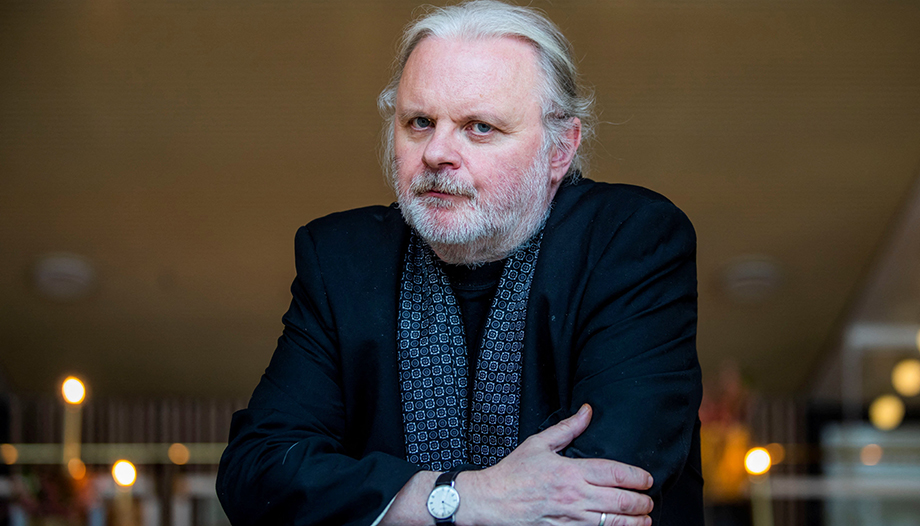







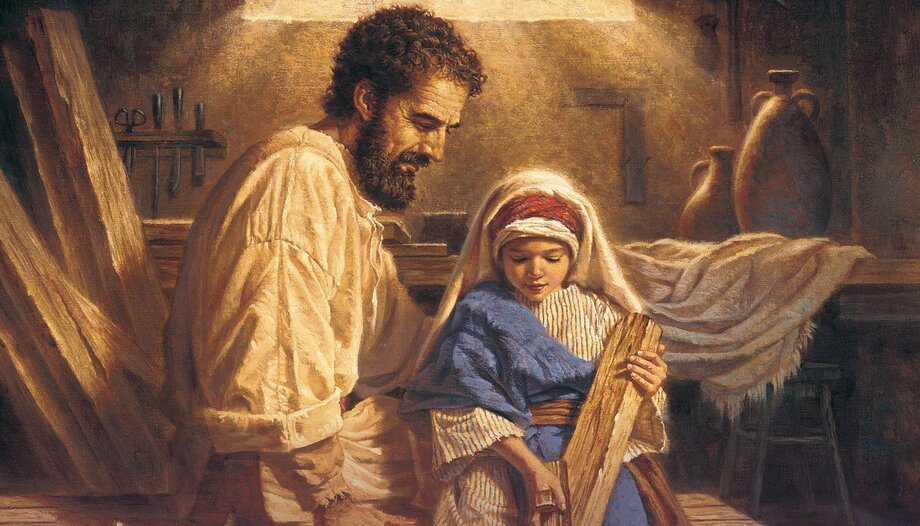
 "The most eloquent thing about St. Joseph is its silences."
"The most eloquent thing about St. Joseph is its silences."